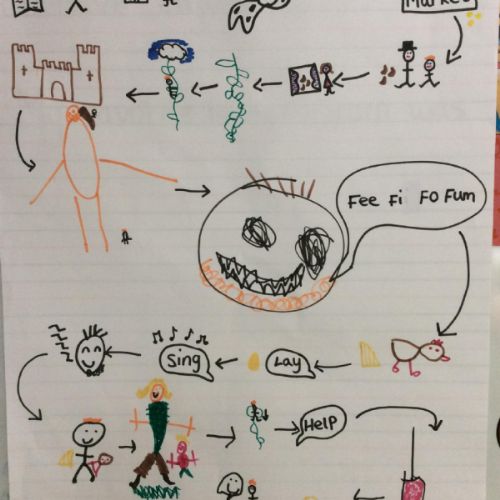Writing
Spelling
When children can spell confidently, they are able to concentrate on what they want to write, rather than how to write it. They are more likely to use interesting words if they can spell them and to become more fluent writers. In Reception and Key Stage 1, children learn to segment words and identify the sounds they need during their daily phonics sessions. In Year 2, they begin to learn some spelling rules such as adding certain suffixes to enable them to spell some more complex words. Children across the school will also learn to spell Common Exception Words. These are words that get used a lot in both speech and writing. As children begin to read longer and trickier texts, you can be sure that they’ll come across these words often. By teaching children words that don’t follow standard phonics spelling conventions, they will feel less confused when they come across them in their reading. This will in turn help to improve their reading fluency.
In Key Stage 2, children follow the No Nonsense Spelling Scheme. This focuses on the high frequency words that children should be able to spell at the end of each year, the new spelling rules for each year group, whilst also recapping the high frequency words and spelling rules of the year group before.
Handwriting
We also want all our children to have a neat, legible handwriting style. In Reception, we focus on fine motor skills to ensure all children have the muscle strength for writing. The children begin to learn how to correctly form the letters.
In Key Stage 1, our children begin to learn how to form the letters with a lead-in and lead-out which gets them ready for joining their writing. By the time the children start KS2, most are doing this confidently. We continue to practise our handwriting with daily short sessions in Key Stage 2 . Joined up writing not only ensures the children's work is more presentable and readable, but increases the children's ability to write quickly and fluently.
Creative Writing
At Kingswood, we want our children to understand the purpose of their writing and do this under within the four areas of writing to entertain, writing to inform, writing to persuade and writing to discuss. We follow the ‘Talk for Writing’ programme developed by Pie Corbett. Each unit of writing starts with a 'hook' which really fires up the children's imagination. They then create story maps and practise learning texts orally, internalising the language patterns of stories and non-fiction texts. After this, they progress to shared and independent writing, applying their skills with confidence. Our Key Stage 2 pupils enjoy studying high-quality models of writing, analysing and exploring them to serve as inspiration for their own written works. Our students engage in various forms of writing, including stories, poetry, reports, and newspaper articles across each academic year.
A Reception Class Story Map

